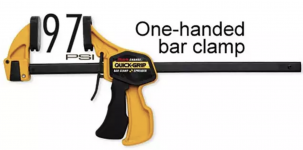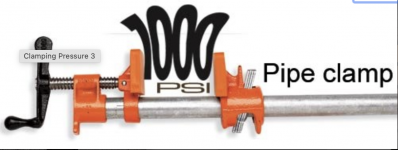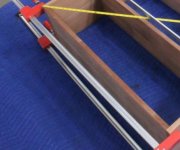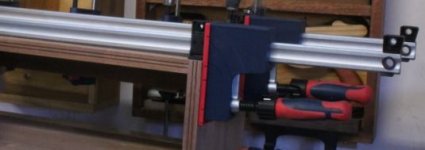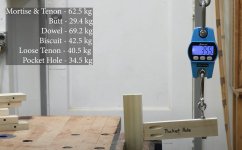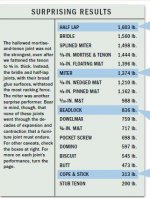Svar said:Domino, on the other hand, CAN NOT be operated without a vac.
Oh, since when?
But even so; good! If I ever get one of those newer sanders you can be sure I'll enable that feature that disables the motor when the hose is not connected. Not for me, but for those family members that borrow my stuff. To make them see the light of working dust-free.

